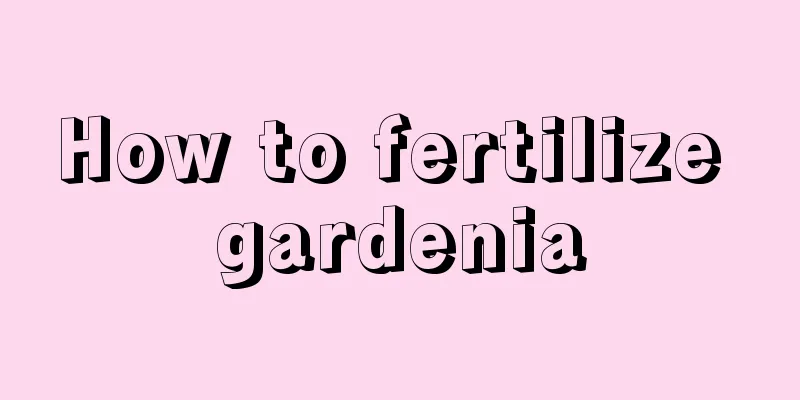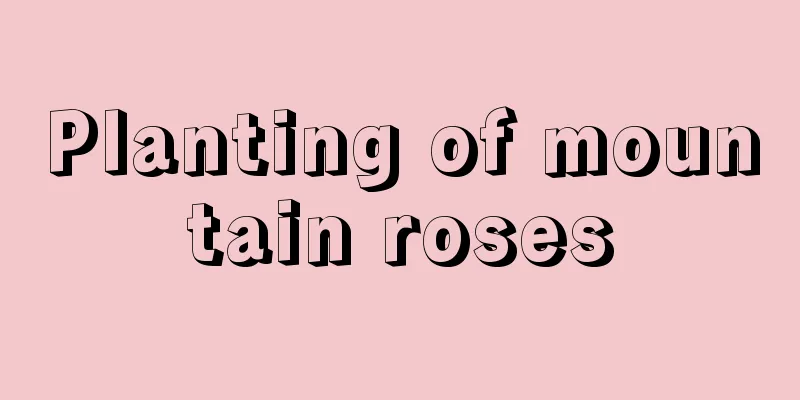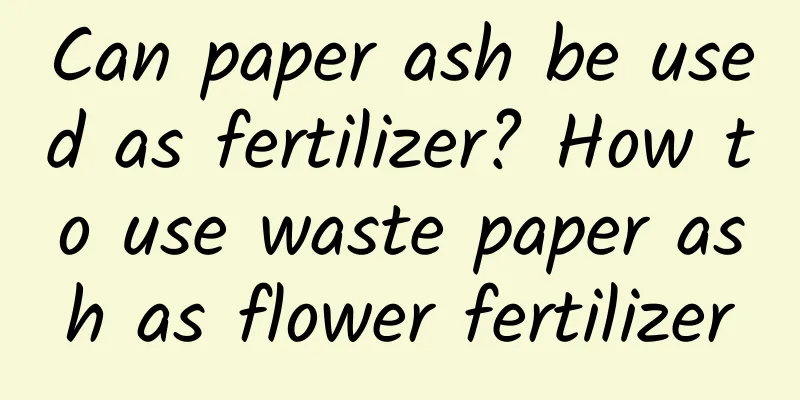How to fertilize gardenia

Fertilization methodApply sufficient base fertilizerIf gardenia grows slowly, has weak branches, and needs frequent topdressing during maintenance, it means that there was insufficient base fertilizer during planting. Before planting gardenias, add organic fertilizer (rotted animal manure, cake fertilizer) to the soil and mix it evenly. Apply slow-release fertilizerIn fact, most families grow flowers but fertilize them rarely or even take care of them often. To save time and effort, agricultural scientists have developed a lazy fertilizer - slow-release fertilizer. Apply fertilizer in the pot, and the fertilizer will be released slowly. There is no need to worry about damaging the plant by applying too much fertilizer. However, stop fertilizing after October and during flowering. top dressingFrom April to October, apply fertilizer once a month except during the flowering period. Starting in April, spray potassium dihydrogen phosphate once a week until flower buds appear on most branches of the gardenia. Watering the roots twice with potassium dihydrogen phosphate after budding can enhance the plant's resistance to stress and promote large and fragrant flowers. But as soon as the flower buds crack and turn white, stop fertilizing. Repotting and fertilizingIf you repot the plant, place it in a cool place to acclimate, and then apply fertilizer after the acclimatization period. PrecautionsThe soil should be loosened the day before fertilizing to facilitate the plant's nutrient absorption and achieve the best fertilizer effect; water the soil the day after fertilizing to avoid fertilizer accumulation in the soil and cause fertilizer damage. When applying fertilizer, you need to keep in mind these time points: fertilize after the beginning of spring, and do not fertilize after the autumnal equinox; fertilize when the flower buds are present, and do not fertilize when the buds crack; fertilize on a sunny day before the rain, and do not fertilize after the rain; fertilize when the soil in the pot is dry, and do not fertilize when it is wet; apply thin fertilizers frequently, and do not apply thick fertilizers; fertilize before and after flowering, and do not fertilize during flowering; apply fertilizers in the morning and evening, and do not fertilize at noon; fertilize more for strong seedlings, and do not fertilize for weak seedlings. |
Recommend
What are the varieties of daisies?
Daisies prefer cool climates and avoid hot weathe...
Can lard residue be used as fertilizer? How to ferment lard into fertilizer?
Oil residue fertilizer is a high-quality farmyard...
How to deal with yellowing leaves of asparagus fern
1. Proper shading Reason: If the asparagus fern i...
How to prune rose blind branches? Blind branch pruning time and method
Rose blind branch pruning time Blind branches of ...
Where to grow chickpeas
Where chickpeas are grown Chickpeas generally gro...
Growth environment conditions and characteristics of Polygonatum odoratum
Polygonatum odoratum growth environment condition...
How to grow mint more vigorously?
Mint is an extremely tough plant with very strong...
Where are the sweetest and most delicious dates? Where are the red dates produced?
Speaking of jujube, it is warm in nature and can ...
Why can't we plant sunflowers at home?
1. Insufficient indoor lighting You can actually ...
How to propagate Dendrobium officinale
Reproduction method Here we mainly talk about one...
Are the leaves of the spider plant old and dry? Use this trick and you will be green immediately
The main reason is that the air humidity is too l...
When is the best time to sow sunflowers?
The sunflower is also called the immortal flower,...
Which flowers are suitable for weddings?
1. Rose. Red roses are usually used in weddings, ...
Cutting methods and precautions for Guanyin Lotus Cutting propagation diagram
The Alocasia odora is a succulent plant of the Cr...
The symbolism of flowers
1. Plum Blossom The plum blossom is a very common...









